
A Comprehensive Guide to Collaborative AI Agents in practice
A look at the definition, and building a team of AI agents that refine your CV and Cover Letter for job applications
Agentic AI is one of the hottest subjects of the AI community in 2024 and there is a good reason for that. Foundational Models are becoming more sophisticated in reasoning and planning. With these capabilities in place, we can leverage LLMs to divide a given task into smaller pieces, perform them step by step, and reflect on their results, essentially creating AI Agents.
If you’re passionate about AI, or you like playing with Language Models, or you’re working in Machine Learning, a comprehensive understanding of AI agents and how they look in action is necessary if you want to keep up with the latest AI achievements.
If you’re in the job search process as I am, you know that writing a cover letter for each job you apply to or adjusting the CV to pinpoint job requirements is a tedious step. For my implementation of AI agents, I will develop a team of AI agents that collaborate to:
- Extract the key information out of a job description
- Modify your CV and Cover Letter to address the job
- Evaluate the final result from a recruiter's point of view, and give you a score from 0 to 100
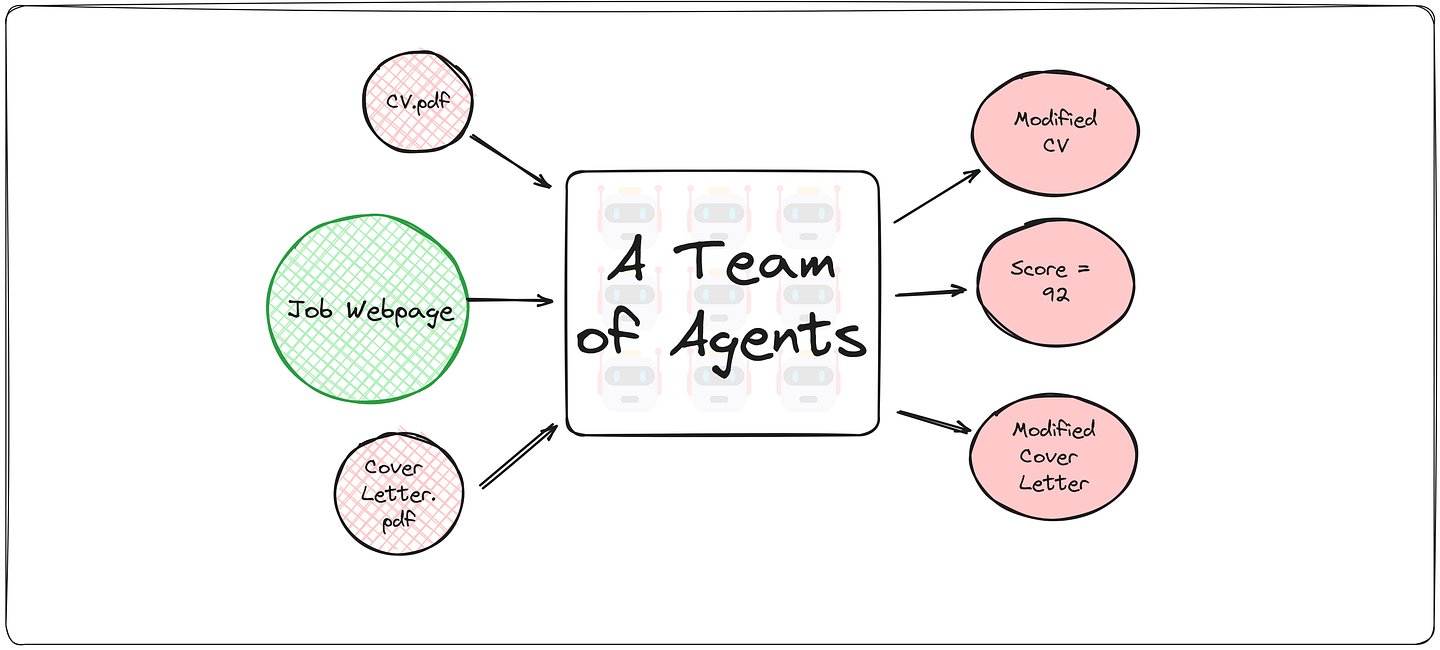
Fig 1. We will create a team of AI agents to modify our CV and Cover Letter and give us a score from 0 to 100. (by Author)
In this article, we will walk through what collaborative AI agents are, what makes agents different from LLMs, and go through a practical implementation to showcase how creating AI agents might be much simpler than you would expect.
· AI Agent Made Simple
∘ LLM-Powered AI Agents
· Multi-Agent Collaboration
∘ What Makes an Agent
∘ What We Need With Multi-Agents
· Code Implementation: Agents that Help You Apply For Jobs
AI Agent Made Simple
AI agent is a goal-oriented tool crafted to accomplish a specific set of tasks. While AI language models are created to generate responses for specific prompts, AI agents operate on a broader scale by addressing complex problems through decision-making and task execution. They reason upon a mission, and by using their available tools, execute smaller agendas to finish the task.
AI chatbots speak, AI agents act.
Whether in customer service, finance, or software development, AI agents are made for one thing: automation. The hope is that AI agents help individuals and organizations with their mundane routines, with lower costs to solving less creative agendas.
Fig 2. The outline of how a model LLM-based agent is structured. (Source: Wikimedia)
LLM-Powered AI Agents
Even though AI Agents are very different from Large Language Models, LLMs are the brains of our AI agents. Agents need LLMs to do anything intelligently, reason, and plan their next steps. This means that which LLM you use, changes the behavior of the agent completely. This is why the rise of AI agents topic was made possible by the surge of Gen-AI.
Note: The AI agents we hear about today have a somewhat different meaning than the traditional literature and textbooks. This can get confusing if you’re simply searching about AI agents, and you get diverse definitions of what they are. The AI agents we use today, and are the trending topic of the AI community, are LLM-based agents that we are discussing in this article.
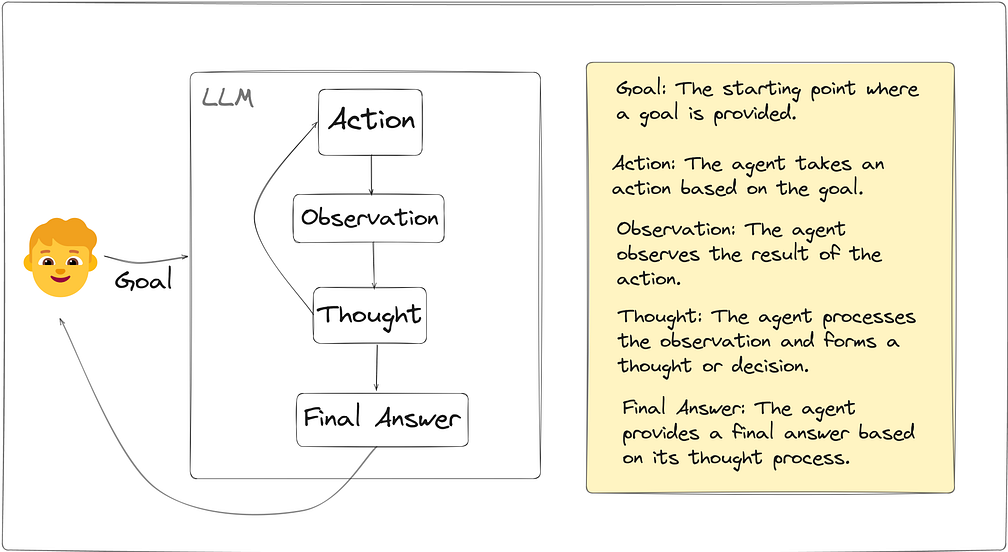
Fig 3. (by Author)
At their core, autonomous AI agents benefit from three components:
- Planning: This core function of an agent, allows it to break a goal into smaller steps and work on them one by one. Another aspect of their planning is to self-reflect on their actions and learn from them. The way an agent pulls off self-reflection very much depends on the implementation, but a general outline could be thought of as displayed in Figure 4.
- Memory: To learn from past mistakes, you must remember them. Memory is the component of storing, and later retrieving information by the agent, to refine its actions.
- Tool Use: A key differentiating factor between a simple LLM and an AI agent, is their ability to use tools. Using tools can be as simple as calling an API, or using a Python function to read or write some files.
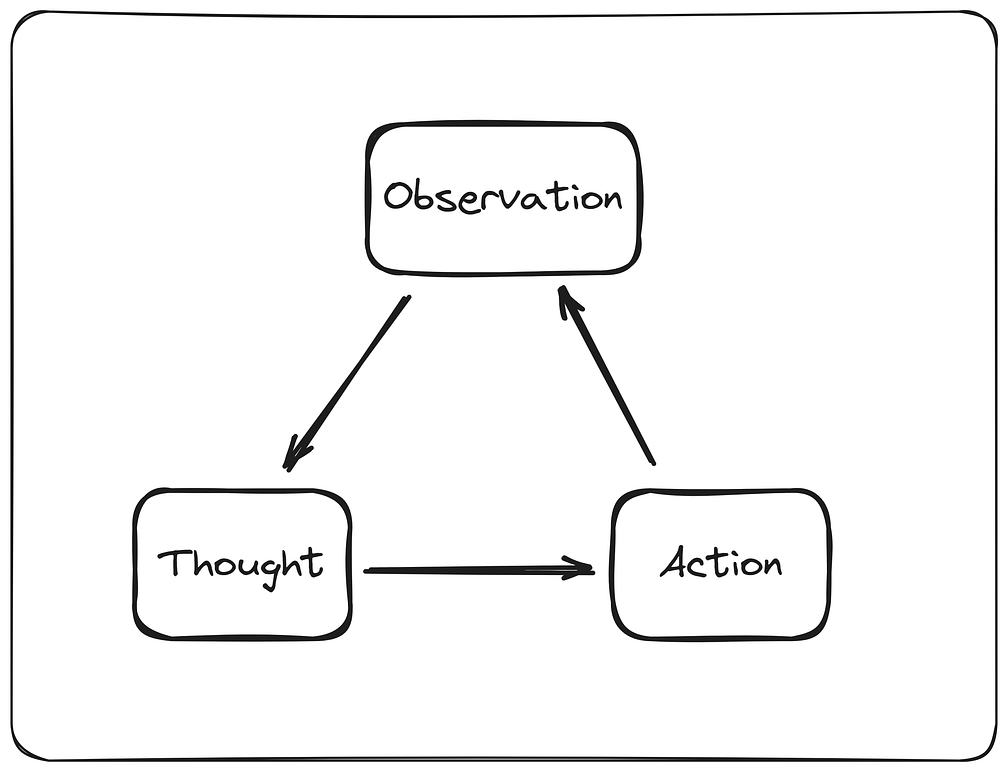
Fig 4. Self-reflection is a finite loop between the agent thinking what to do, acting on it, and observing the results, potentially taking a new approach to the problem. (by Author)
Multi-Agent Collaboration
What is better than a single agent? Many of them!
Having one AI agent is one thing, but having multiple AI agents that collaborate with each other to chop up tasks and act on them is another story.
But why do we NEED multiple agents?
When breaking a goal down into smaller parts, you end up with sub-goals that require different sets of skills. That’s where you need multiple agents. A team of agents, with each one of them having a specific role and skillset, ensures that each sub-goal is tackled by its own agent.
You might even need to power each agent with a different LLM that is more sophisticated for the task to which that agent is assigned. An agent created for programming capabilities might need a completely different LLM than an agent who is supposed to write articles.
What Makes an Agent
How you would define an agent very much depends on the implementation or the library you use. In general, an agent boils down to three main elements:
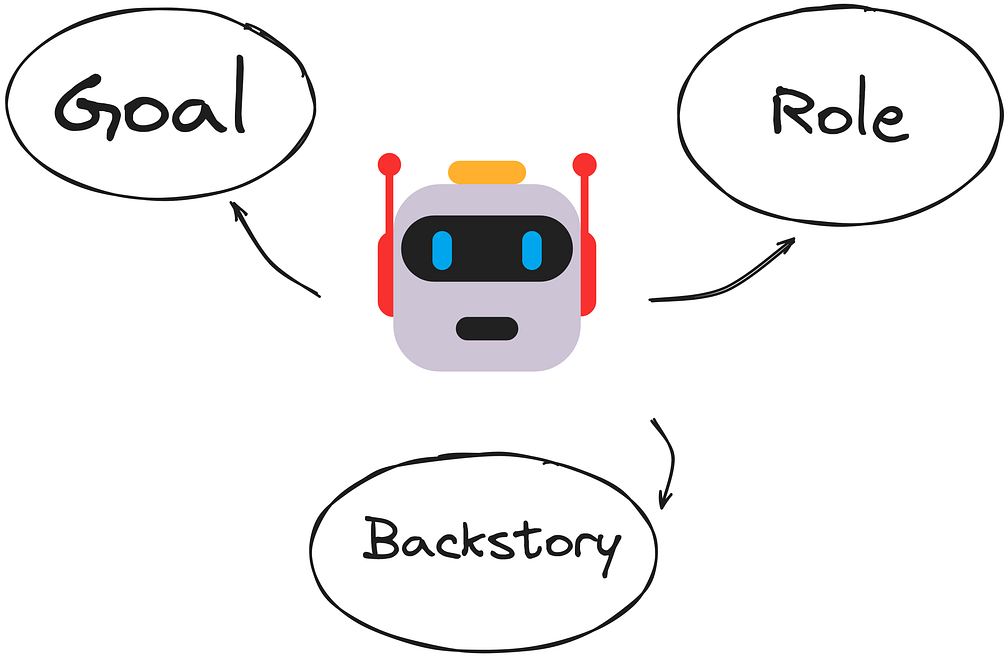
Fig 5. (by Author)
- Goal: The specific objective the agent aims to accomplish. This shapes its decision-making framework. For example, “write easy-to-understand object-oriented Python code.”
- Role: The function of an agent. Who is it? A debugger, data scientist, sales marketer, etc.
- Backstory: The context of the agent. Explains the goal, role, and what the agent is good at. An example of a backstory could be, “You are a senior Python programmer with a specialization in writing optimized, well-documented code and its test cases.”
What We Need With Multi-Agents
The implementation details of multi-agent have some nuances to consider. Imagine a team of people working towards the same goal, a team of chefs in a restaurant kitchen as an example.

Image created by DALLE3.
You would need a head chef who leads the team. The team members need to communicate with each other. You need them to be able to send their finished work to the other chefs for the next step of the food preparation. This is just an example of how many things are needed to make multiple agents collaborate toward a shared assignment.
Generally, with multiple agents, you would need:
- Sharing Information: Agents need to pass their results to each other and share their findings. An agent’s finished work might be the input of another agent to start their task.
- Collaboration: Agents should be able to use each other’s help and delegate parts of their work if needed. This might not be a must in simple scenarios, but in complex processes, it is pretty necessary.
- Manager Agent: Controls the flow of tasks between the agents, keeping them in control.
Code Implementation: Agents that Help You Apply For Jobs
Now let’s create our team of agents. There are multiple libraries that enable you to develop AI agents, such as LlamaIndex or LangChain. I will use CrewAI for its easy-to-use workflow and high level of abstraction. It’s free to use and while giving you adequate control over your agents, saves you from unnecessary complexity in simple projects.
I will create a team of agents to help me modify my CV and Cover Letter for a given job description to evaluate the final result and see how much I will have the chance of getting an interview. For this purpose, I will create four agents:
- Job Crawler: This agent will receive the URL of the job posting, crawl the webpage, and extract the key information about the job requirements, qualifications, etc.
- CV Modifier: Based on the key information about the job, provided by Job Crawler, this agent reads my CV and enhances it to better fit the job description.
- Cover Letter Modifier: This works the same as CV Modifier, but works on my cover letter instead.
- Recruiter: Acts as the job recruiter and analyzes my modified CV and cover letter. It will give me feedback and also a score in the range [0–100].
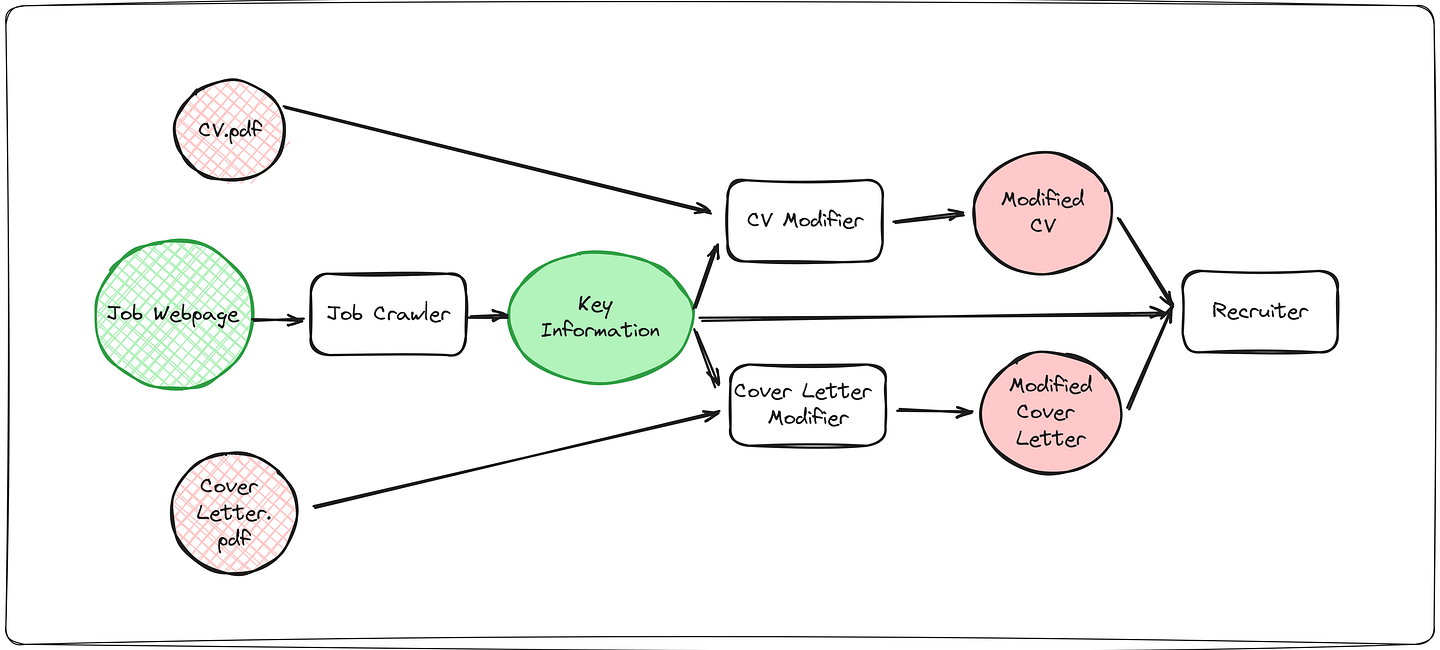
Fig 6. Outline of the agent workflow. (by Author)
For the LLM, we will use gpt-4-turbo . However, using Ollama, you can run LLMs 100% locally and free. I will not go into details in this article, but to know how you can run LLama-3, Mistral, Phi-3, and many more models locally on your machine, read this article:
Next, I will load my OPENAI_API_KEY and initialize my model. This model is the backbone of our agents' reasoning:
from dotenv import load_dotenv from crewai import Agent, Task, Crew, Process from langchain_openai import ChatOpenAI from langchain.tools import tool import re # Load your OPENAI_API_KEY from your .env file load_dotenv() # The model for the agents model = ChatOpenAI(model_name="gpt-4-turbo", temperature=0.8)
We will also need to define two tools that our agents need to use. Tools are what agents use to execute certain tasks. Writing custom tools for agents is as simple as a Python function. All you need to do is to wrap it with the langchain’s tool decorator. The tools we need for this project are one for getting the page content by a given URL and one for reading the CV.pdf and Cover Letter.pdf content.
from langchain_community.document_loaders import PyMuPDFLoader
import requests
# Tool for loading and reading a PDF locally
@tool
def fetch_pdf_content(pdf_path: str):
"""
Reads a local PDF and returns the content
"""
loader = PyMuPDFLoader(pdf_path)
data = loader.load()[0]
return data.page_content
# Tool for loading a webpage
@tool
def get_webpage_contents(url: str):
"""
Reads the webpage with a given URL and returns the page content
"""
try:
response = requests.get(url)
response.raise_for_status() # Check for HTTP errors
return response.text
except requests.exceptions.RequestException as e:
return str(e)
Having my model and the needed tools ready, next is to define my agents. Agents in CrewAI need three main attributes, the role, the goal, and the backstory. For each agent, we will specify a set of needed tools. Agents also have the option to delegate part of their tasks to other agents, but since this project is not that complex, we set allow_delegation to False for all of our agents.
job_crawler = Agent(
role='Job Description Crawler',
goal='Extract the relevant job description, requirements and qualificiations',
backstory='Specialized in parsing HTML and retrieving important information from it',
verbose=True,
tools=[get_webpage_contents],
allow_delegation=False,
llm=model
)
cv_modifier = Agent(
role='CV/Resume Writer',
goal='Write a top-notch CV that increases the chance of landing an interview',
backstory='Expert in writing CV that is best recieved by the recruiting team and HR',
verbose=True,
tools=[fetch_pdf_content],
allow_delegation=False,
llm=model
)
cover_letter_modifier = Agent(
role='Cover Letter Writer',
goal='Write an intriguing cover letter that boosts the chance of landing an interview',
backstory='Expert in writing Cover Letter that is best recieved by the recruiting team and HR',
verbose=True,
tools=[fetch_pdf_content],
allow_delegation=False,
llm=model
)
recruiter = Agent(
role='Hiring Manager',
goal='Analyze how well a candidate is suited for a job description, given their CV and Cover Letter',
backstory='Experienced hiring manager with an especialization of giving feedback to job seekers',
verbose=True,
allow_delegation=False,
llm=model
)
Now we need to list our tasks. A task is a specific job you want a particular agent to do. I will assign one task to each agent. I will explain the description of my task, along with specifically how I want the output of the task to be.
def extract_job_information(page_url):
return Task(
description=f"Given this url: {page_url}, extract the job description, and relative information about the job",
agent=job_crawler,
expected_output="Key points of the job description, requirements, and qualifications needed for the job",
)
def cv_modifying(cv_path):
return Task(
description=f"Read the CV at this local path: {cv_path}, then\
modify the keypoints and the order of the skills, to make it emphasize what is needded by the job.\
Do NOT add any extra skill or new information, keep it honest.",
agent=cv_modifier,
expected_output="A modified version of CV, tailor-made for the job description",
)
def cover_letter_modifying(cv_path):
return Task(
description=f"Read the cover letter at this local path: {cv_path},\
then baseed on the provided job description by 'job_crawler' agent, \
modify it to make it target the provided job description. Fill in the empty brackets with the company name.\
Do NOT add any extra skill or new information, keep it honest.",
agent=cover_letter_modifier,
expected_output="A modified version of cover letter, tailor-made for the job description",
)
evaluate = Task(
description=f"Provided the modified CV and Cover Letter, and the key points of the job description,\
give a score to the candidate from 0-100, based on how well suited they are for this job",
agent=recruiter,
expected_output="Score in the range [0-100]",
)
Notice, that some of these tasks depend on the output of another one. For example, I would need both the modified CV and cover letter to evaluate them. And I also won’t be able to modify my CV and cover letter, unless the Job Crawler agent has successfully extracted the job information off of the webpage.
You have to be aware though, that ultimately you’re extracting key job information from external website content. It would be the best practice to keep the website rights/copyrights in mind when using such tools for personal or commercial use.
This is taken care of by CrewAI automatically, by ensuring agents share the needed information with each other.
What remains is to create my crew of agents, and start them off!
# USER INPUTS
cover_letter_path = r'Cover Letter.pdf'
cv_path = r'CV.pdf'
job_url = [www.job.com]
extract_job_information_task = extract_job_information(job_url)
cv_modifying_task = cv_modifying(cv_path)
cover_letter_modifying_task = cover_letter_modifying(cover_letter_path)
# make the crew
crew = Crew(
agents=[job_crawler, cv_modifier, cover_letter_modifier, recruiter],
tasks=[
extract_job_information_task,
cv_modifying_task,
cover_letter_modifying_task,
evaluate
],
verbose=2
)
# Let's start!
result = crew.kickoff()
This block of code takes the user input about the path of needed files and the webpage. Then I would create my crew, using the agents and the tasks I have defined earlier and I kick them off!
The result is a long output of all the thought processes and results of our agents. To keep it short, I will put a sample of the thought process of my Cover Letter Modifier agent:
> Entering new CrewAgentExecutor chain...
I need to read the content of the cover letter from the provided PDF file to understand its structure and content. This will help modify it according to the job description.
Action: fetch_pdf_content
Action Input: {"pdf_path": "Cover Letter.pdf"}
Dear Hiring Manager,
[Original cover letter, excluded for brevity]
Sincerely,
Thought:
Now I have the content of the original cover letter. I need to tailor this cover letter to specifically address the job opening at Huawei's AI4Sec Research Team. I will adjust the content to highlight relevant experiences and skills that align with the job description provided.
Final Answer:
Dear Hiring Manager,
[Modified cover letter, excluded for brevity]
Sincerely,
You could see the agent's reasons with itself, identifying what needs to be done and executing using the tools at hand.
After each of our agents has finished their assignments, we can see their output and how they have performed.
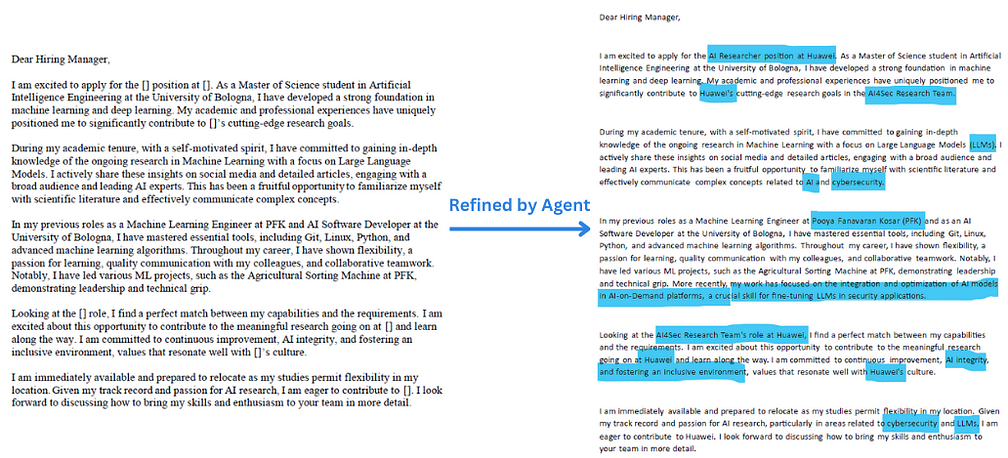
Fig 7. Template Cover Letter vs modified by the agent. (by Author)
You can see that the Cover Letter Modifier agent has successfully refined my cover letter to fit the job description, and even added some points that are emphasized in the job description. However, the CV Modifier agent’s output was a bit underwhelming, requiring some adjustments to its agent and task definitions.
The recruiter agent has also gone through my modified CV and cover letter and assigned a score of 92/100:
Based on the detailed review of Hesam Sheikh Hassani’s CV and Cover Letter in relation to the key points of the job description for the AI Researcher position at [Excluded Intentionally], I would score the candidate a 92 out of 100. Hesam exhibits a strong academic and professional background in Artificial Intelligence, particularly in machine learning and deep learning, which aligns well with the requirements of the [Excluded Intentionally] Research Team at [Excluded Intentionally]. His experience with Large Language Models (LLMs) and his ability to communicate complex AI concepts effectively, as demonstrated through his engagement on social media and articles, are particularly impressive and directly relevant to the position. His technical proficiency with tools critical for the role, such as Git, Linux, Python, and advanced machine learning algorithms, further strengthens his candidacy. Hesam's previous roles and projects, such as the Agricultural Sorting Machine at PFK and his work on AI-on-Demand platforms, showcase his leadership skills and his capability to manage and execute AI projects, which is essential for the role at [Excluded Intentionally]. His expressed eagerness to contribute to and learn from [Excluded Intentionally]’s research initiatives, along with his alignment with [Excluded Intentionally]’s core values of continuous improvement, AI integrity, and inclusiveness, make him a strong fit culturally and professionally for the position. His immediate availability and willingness to relocate also add to his suitability for the role, ensuring a smooth transition and immediate contribution to the team. Thus, given Hesam Sheikh Hassani’s strong alignment with both the technical and cultural aspects of the AI Researcher position at [Excluded Intentionally], he is highly recommended for this role with a score of 92.
The example use case of AI agents to modify CVs and cover letters is only to emphasize the scope of how we can use AI to automate repetitive tasks and holds as an educational example. If you want to use such tools in practice, it would be best to keep in mind some limitations:
- AI-generated CV or Cover Letter might be considered a red flag by the recruiter. The hiring managers could potentially employ AI detection tools to eliminate such candidate applications.
- AI tools such as ChatGPT still fall into the trap of CV language. Some of the writing styles and word choices of AI in CV are easily detectable. Words such as “delve” or “spearhead” might give off an AI-generated text. This writing style could make your CV sound inauthentic and less relatable.
- AI chatbots and LLMs suffer from hallucinations. In the context of this example, hallucination could mean putting experiences and skills in your cover letter and CV that you don’t actually possess but were inspired by the job description. Double-check for any unrealistic modifications to your CV/cover letter.
Written by Kasey Fu


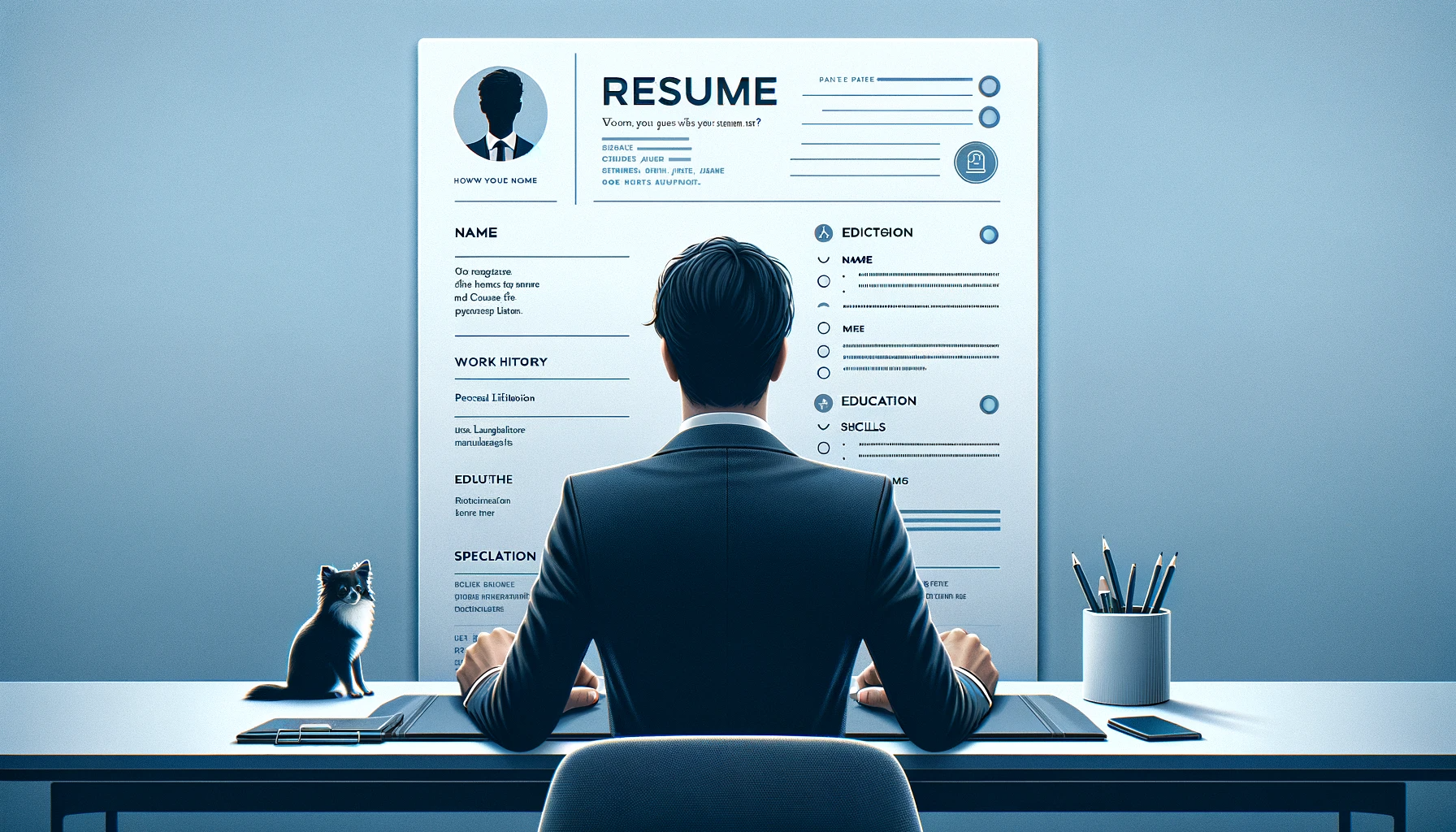
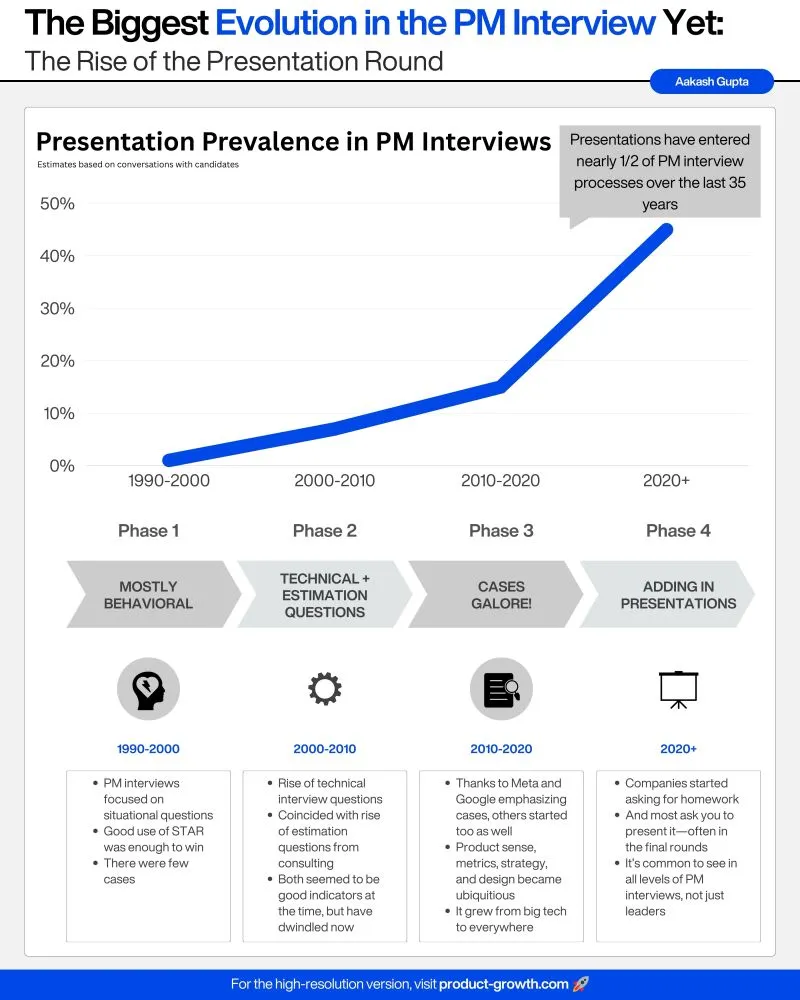
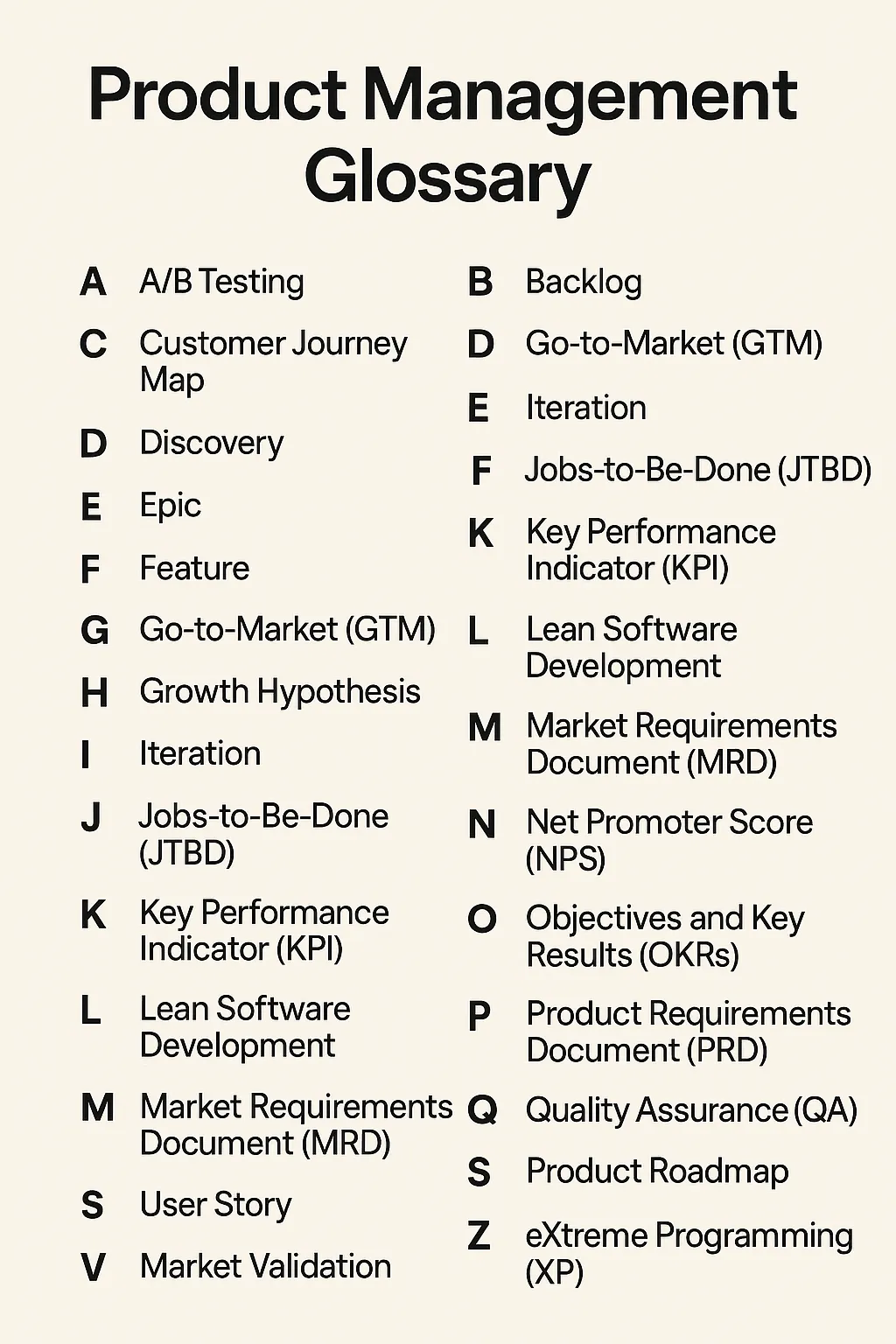

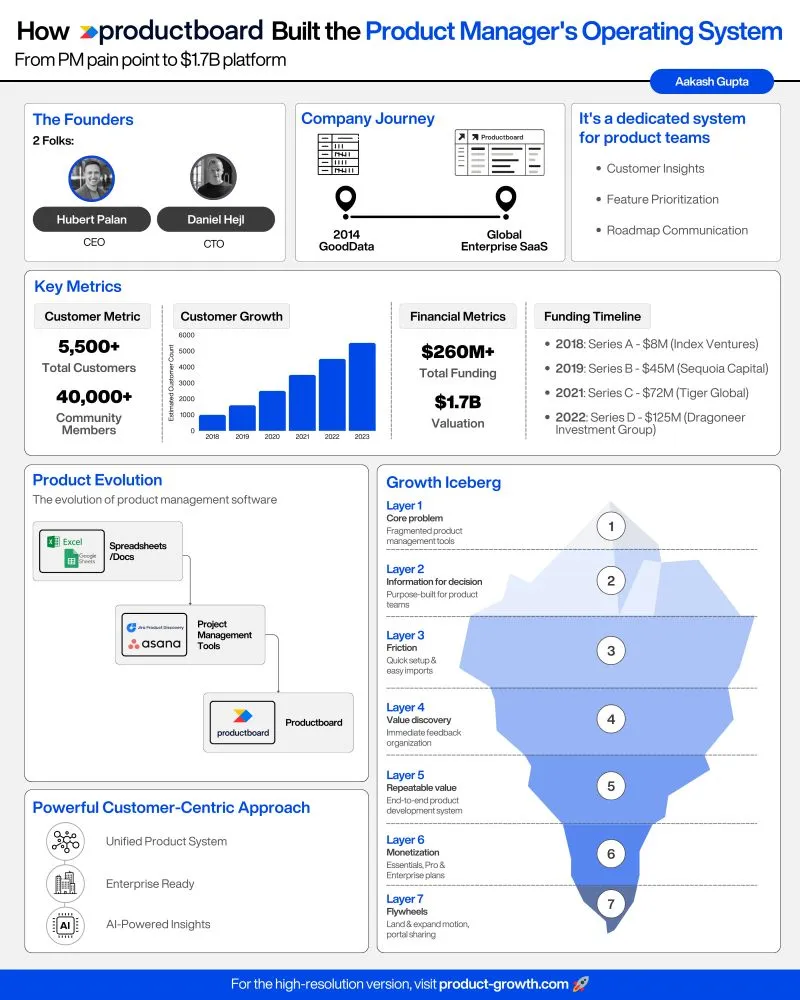


Comments ...
No Comments Yet ...Add One